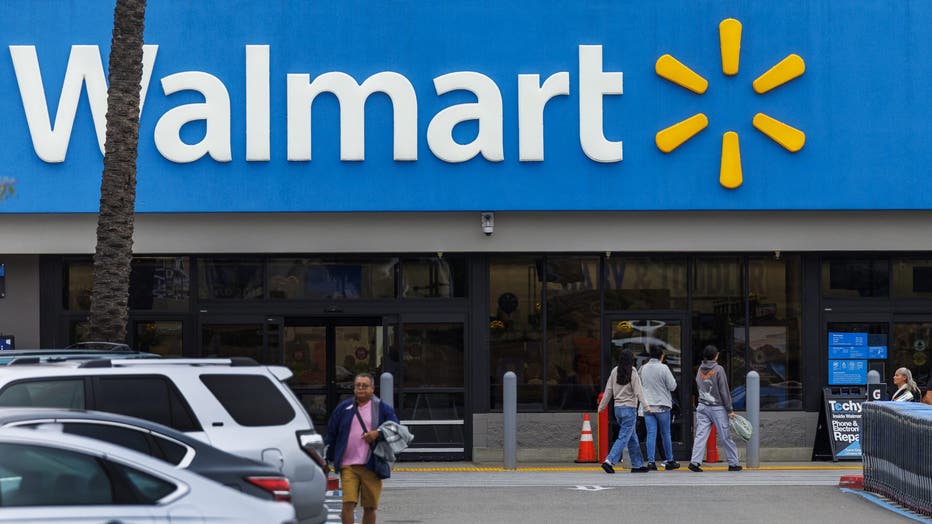Walmart raising prices due to tariff costs: What we know

U.S., China agree to slash tariffs for 90 days
Peter Earle is a senior economist at the American Institute for Economic Research (AIER) and joins LiveNOW's Andrew Craft to talk about recent tariff developments. This comes after global stock markets soared following the trade truce between the U.S. and China. The agreement implements a 90-day cooling-off period between the world's two largest economic superpowers.
Walmart said Thursday that it will raise prices to counter higher costs from President Donald Trump’s tariffs, despite strong quarterly sales.
Walmart, the nation’s largest retailer, earned $4.5 billion in the first quarter and said it expects sales to grow 3.5% to 4.5% in the second quarter. However, Walmart declined to issue a profit outlook because of the volatile economic conditions and constantly changing tariff policies.
How much will Walmart increase prices?
What they're saying:
"We will do our best to keep our prices as low as possible," Walmart's CEO Doug McMillon told industry analysts Thursday. "But given the magnitude of the tariffs, even at the reduced levels announced this week, we aren’t able to absorb all the pressure given the reality of narrow retail margins."
RELATED: List: These are the groceries that have increased in price the most
Walmart is expected to weather tariffs better than some other retailers: Two-thirds of Walmart’s merchandise is sourced in the U.S., with groceries driving much of that. Groceries account for roughly 60% of Walmart’s U.S. business. Still, Walmart isn’t immune.
What's next:
McMillon said price increases on the shelves will feel more gradual, but they had already begun as early as April, and they accelerated in May. The company said it has been focused on back-to-school receipts.

FILE - Trump's tariffs are forcing stores like Walmart to raise their prices for the consumer on May 6, 2025 in Pomona, California.(Gina Ferazzi / Los Angeles Times via Getty Images)
McMillon said Walmart imports general merchandise from all over the world from dozens of countries. But China, in particular, represents a big chunk of volume in certain categories like electronics and toys.
RELATED: Walmart leaning into tariff uncertainty: 'Positioned to play offense'
Tariffs on countries like Costa Rica, Peru and Colombia are raising costs on groceries like bananas, avocados, coffee and roses, he said. Walmart is absorbing costs on general merchandise within departments and not yet passing along rising costs in some cases.
RELATED: "Truth in Tariffs Act" would require stores to display cost of tariffs on items
Walmart is also asking suppliers to change input materials for components, for example, using fiberglass instead of aluminum, which Trump hit with tariffs in early March.
Where do Trump’s tariffs stand?
By the numbers:
Trump’s threatened 145% import taxes on Chinese goods were reduced to 30% in a deal announced Monday, with some of the higher tariffs on pause for 90 days.
RELATED: Tariff poll: How much economic 'disruption' Americans will tolerate
Dig deeper:
Retailers and importers had largely stopped shipping shoes, clothes, toys, and other items with the duties so high, but many will now resume importing from China in the narrow window, hoping to avoid sparse shelves this fall. Yet many retailers say they must raise prices to tariff costs. And they are also bracing for higher shipping costs fueled by a surge of companies scrambling to get their goods on ships to the U.S.
Why you should care:
Many Americans have pulled back on spending as they grow uneasy about the economy. Government data revealed slowing sales growth for retailers Thursday. Walmart said Thursday that its consumers remain cautious and selective. Trump’s tariffs on China and other countries threaten the low-price model that is at the core of Walmart’s success.
The Source: This report includes information from The Associated Press.

